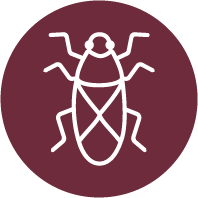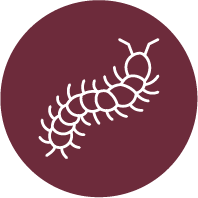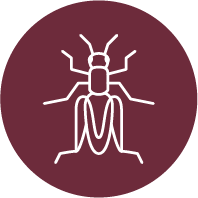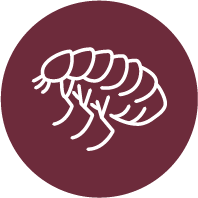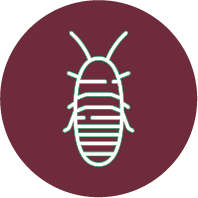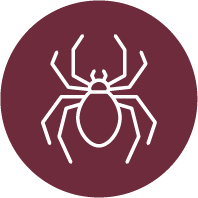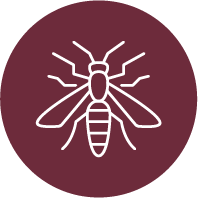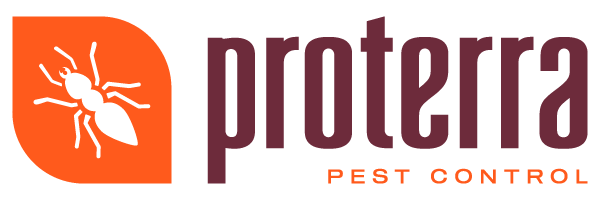How to Remove Bees Safely
If you find bees or a beehive on your property, remember that they have an important job to do and are great for the environment. Whatever you do, don’t rush to get rid of them by any means available. If there are only a few bees buzzing around your plants, it’s probably best to leave them alone. If you find a hive, learn how to remove bees safely, for their sake and your own, or get help from a professional.
Call a Local Beekeeper
Check to see if you can find a beekeeper in your area that wants to give the bees a home. Not only is a beekeeper trained to collect and transport the bees safely, but they will know how to best take care of them afterward. They might even remove the bees for free or at a very low cost.
Call a Pest Control Company
If you can’t track down a beekeeper, your next best bet is a pest control company. In some cases, you may even want to contact them first. A professional pest control specialist will be able to determine whether it is, in fact, bees and not something else, such as wasps or hornets. If it turns out to be something other than bees, a pest control company can remove them and help you take measures to prevent them from returning. If it is bees, but the colony cannot be safely relocated, they can make sure everything is thoroughly removed.
Smoke Them Out
Another option is to use smoke to chase the bees away. They are very sensitive to the smell of smoke and will assume it is a real fire and that they are in danger. Build a small, controlled fire and back off until they leave. They will become agitated and aggressive as they flee.
Make Your Home Smelly
Bees have a strong sense of smell and will typically leave if they smell something they don’t like. Don’t worry; you don’t need to cover your home or yard with a smell that you don’t like. Try a citronella candle, crushed cloves of garlic, cinnamon, or peppermint. Keep it near the hive on a day with good weather, when they are more likely to come out.
You can also help to prevent bees from coming to your yard in the future by planting eucalyptus, citronella, or mint plants.
Call Proterra Pest Control for Safe Bee Removal
Although the methods mentioned above may be effective, the best bet is always to get help from a professional. They will be prepared with protective clothing and equipment, and will know how to remove bees safely and effectively.
Contact Proterra Pest Control for more information about bee removal in your area.
